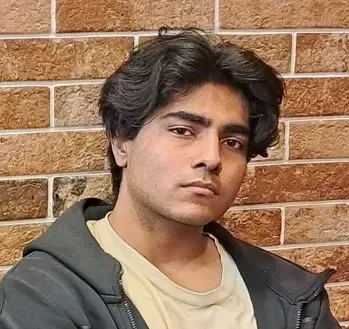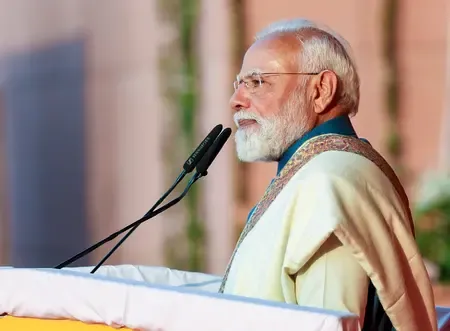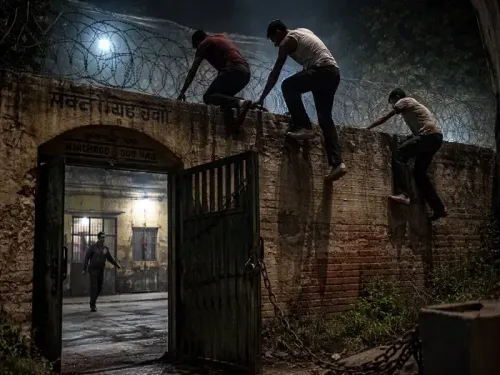What Collaboration is Transforming Research in Kerala?

Synopsis
Key Takeaways
- Eight leading institutions unite for research collaboration.
- Focus on interdisciplinary studies and innovation.
- Joint research programs and knowledge sharing are prioritized.
- The partnership aims to enhance India’s scientific ecosystem.
- Significant institutional leaders participated in the ceremony.
Thiruvananthapuram, Sep 10 (NationPress) A significant Memorandum of Understanding (MoU) has been established among eight of India’s prominent scientific institutions in Thiruvananthapuram, at the esteemed Sree Chitra Tirunal Institute for Medical Sciences and Technology (SCTIMST). This collaboration aims to enhance interdisciplinary research, innovation, and academic exchange.
The participating institutions include the Rajiv Gandhi Centre for Biotechnology (RGCB), Indian Institute of Science Education and Research (IISER), National Centre for Earth Science Studies (NCESS), Central Tuber Crops Research Institute (CTCRI), CSIR–National Institute for Interdisciplinary Science and Technology (CSIR-NIIST), Indian Institute of Space Science and Technology (IIST), Centre for Development of Advanced Computing (C-DAC), and Sree Chitra Tirunal Institute for Medical Sciences & Technology (SCTIMST).
This collaboration will emphasize joint research programs, the exchange of faculty and students, and the sharing of knowledge to cultivate a robust scientific ecosystem.
It is anticipated to enhance innovation across various domains, contributing significantly to India’s national research and development objectives.
The signing event was graced by the virtual participation of Prof. Abhay Karandikar, Secretary of the Department of Science and Technology (DST), Dr. Kris Gopalakrishnan, President of SCTIMST, and Sunil Kumar, Head of DST’s Autonomous Institutions Division.
Notable institutional leaders in attendance included E. Magesh, Director General of C-DAC; Dr. Chandrabhas Narayana, Director of RGCB; Dr. J. N. Moorthy, Director of IISER; Dr. N. V. Chalapathi Rao, Director of NCESS; Dr. G. Byju, Director of CTCRI; Dr. C. Anandharamakrishnan, Director of CSIR-NIIST; Dr. Dipankar Banerjee, Director of IIST; Dr. Sanjay Behari, Director of SCTIMST; and Dr. Harikrishna Varma P. R., Head of SCTIMST’s Biomedical Technology Wing.
This MoU signifies a pivotal moment in India's scientific landscape, fostering collaboration across various disciplines and institutions.
By combining expertise and resources, this partnership aims to expedite research advancements, nurture talent, and promote innovation, enhancing the nation’s standing in science and technology. All the aforementioned national institutes are situated in the capital city and have evolved into globally recognized institutions over the years.










